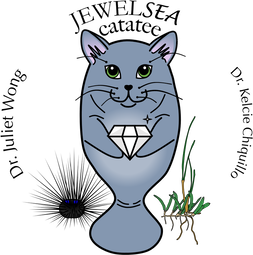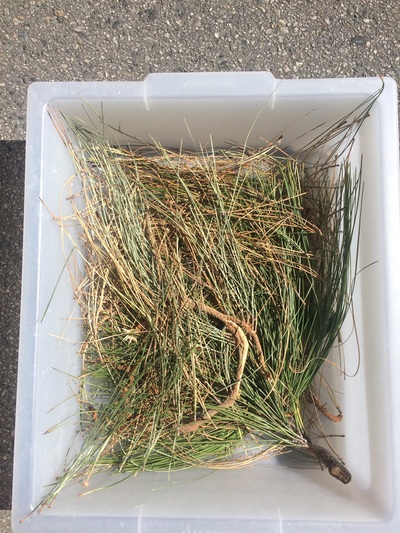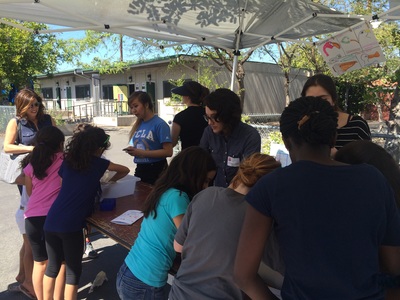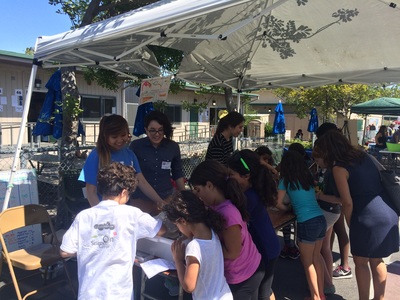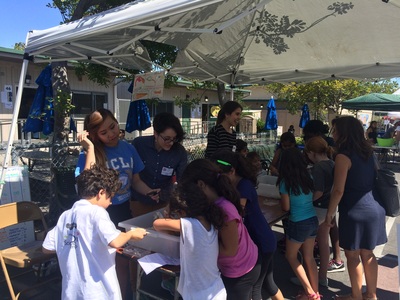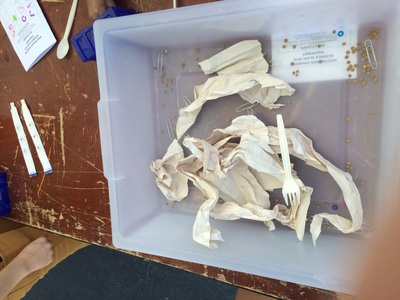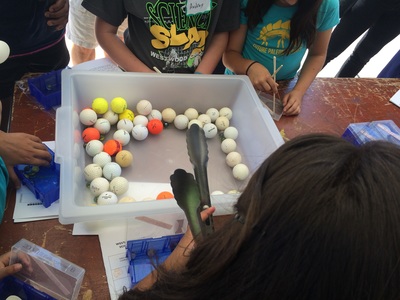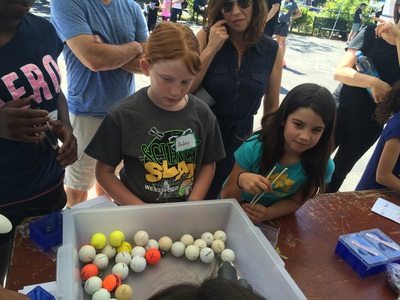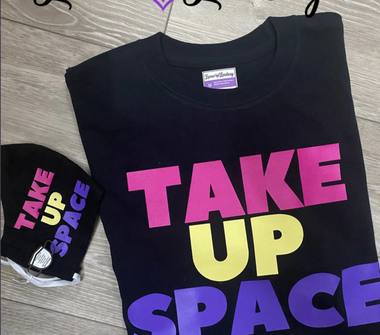Civic Engagement
I believe anyone can be a scientist, and I always emphasize that I am only a guide on the learning exploration, and there is still a lot that is still unknown. As a specialist in seagrasses and a passionate advocate for its conservation, I am deeply interested in increasing diversity, whether its fostering scientific engagement or actively empowering women of color in academia.
Seas of Diversity: Science Communication, Fun Activities, Outreach, and Empowering Women of Color in Academia
Unveiling JewelSea Catatee!Meet @JewelSeaCatatee she a half cat, half manatee and she is a guide in visualizing different field and laboratory techniques.
Dr. Juliet Wong and I created JewelSea Catatee to make fun, interactive science videos in both Spanish and English to showcase our research, field, and lab techniques, and experiences as marine biologists. Explore more of our content on our channel: https://www.youtube.com/@jewelseacatatee!
|
Fun Science ActivitiesHunger Games- Beak Evolution
|
Empowering Women of Color in Academia
AWOCSpace, LLC is a consulting company where we empower and create a space for women of color (WOC) to exist in the academic workplace.
We have been highly successful in conducting our personalized virtual WOCShopsTM. Our team is comprised of accomplished WOC who leverage their expertise across diverse ecosystems to promote inclusivity and equity in environmental sciences.
Book now for you free 30 min consultation.
We have been highly successful in conducting our personalized virtual WOCShopsTM. Our team is comprised of accomplished WOC who leverage their expertise across diverse ecosystems to promote inclusivity and equity in environmental sciences.
Book now for you free 30 min consultation.
A safe space for WOC to simply existCheck out our blog for teachings, learning, and tips and tricks. This is for anyone to reference during difficult times, stressful workdays, and moments when manifesting your true self.
I combine my experiences as a WOC Scientist by sharing my joy for communicating science and the struggles of being a minority in STEM.
|
